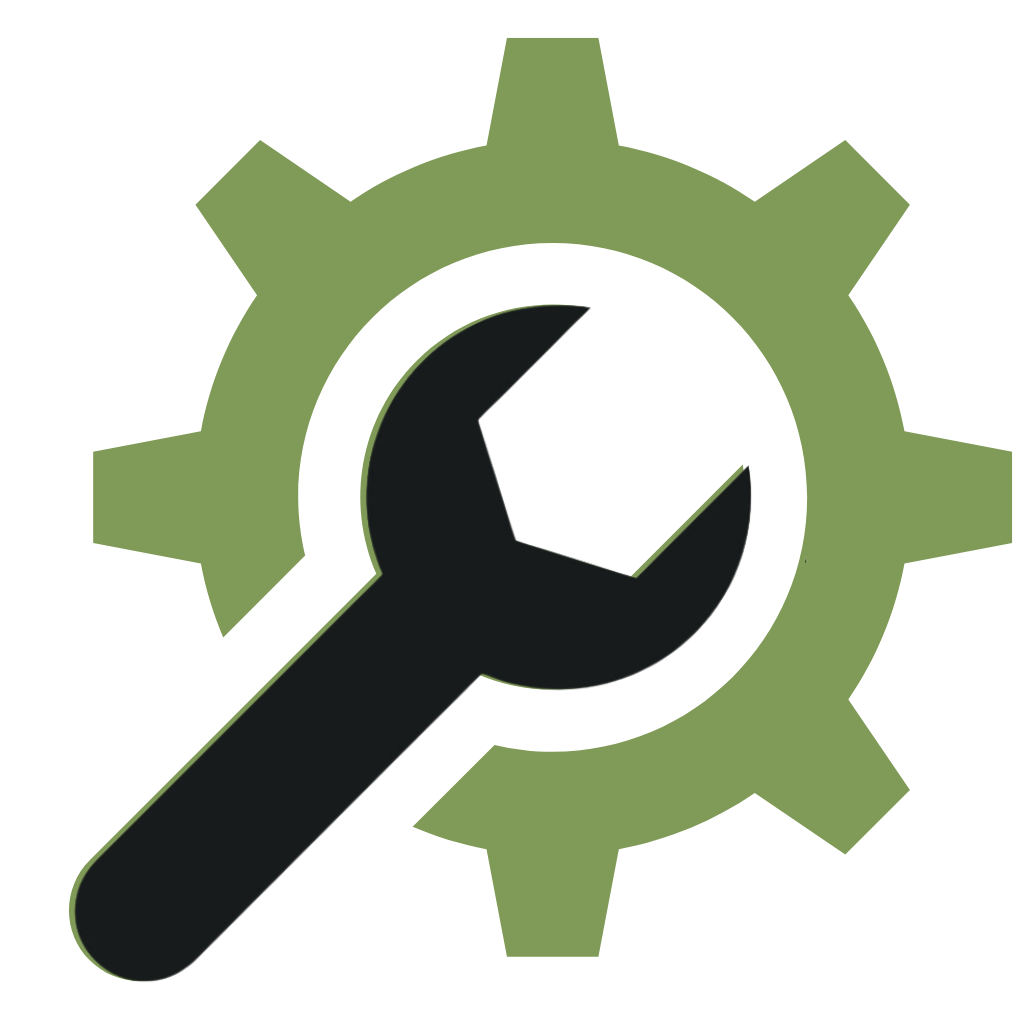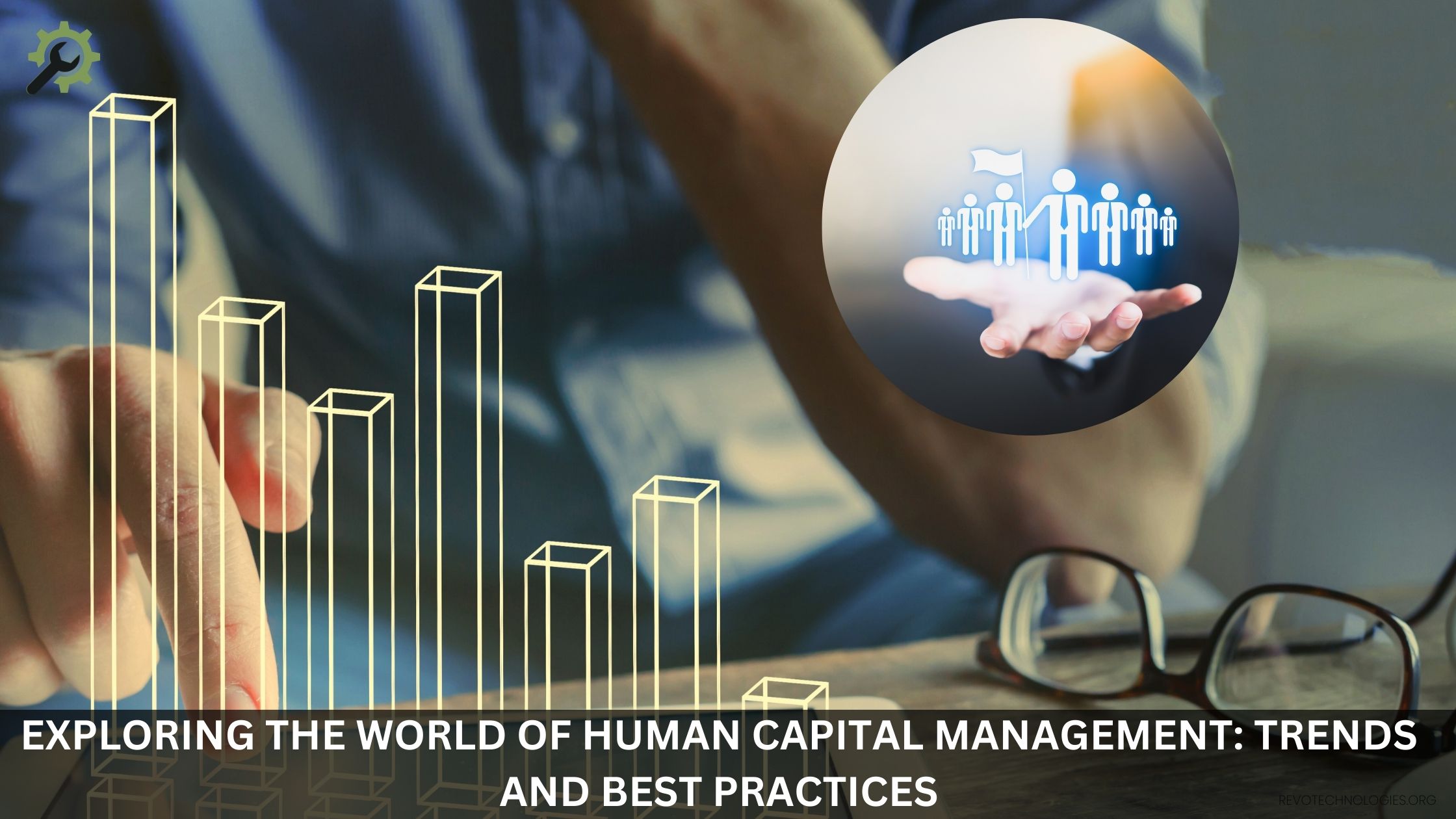What Is Human Capital Management?
Human Capital Management (HCM) is not just a set of processes; it is a comprehensive approach that businesses use to manage their workforce effectively. It encompasses recruitment, training, payroll, and performance evaluation. Modern HCM strategies aim to optimize employee performance, create a robust workplace culture, and ensure that human resources align with organizational objectives. As businesses continue to grow globally, HCM becomes more crucial in maintaining a competitive edge.
The Importance of Human Capital Management
The successful implementation of HCM practices is the backbone of organizational advancement. Effective HCM not only bolsters productivity but also aligns employee efforts with the company’s strategic goals. This alignment ensures that every member of the workforce is working towards a unified vision. Furthermore, investing in human capital leads to higher employee satisfaction and retention rates. Despite its significance, organizations often grapple with HCM challenges, such as integrating new technologies and dealing with change resistance, but overcoming these challenges is essential for sustaining growth.
Latest Trends in Human Capital Management
In an era driven by technology, the landscape of HCM is rapidly evolving. Digital transformation is at the forefront, with AI and machine learning being pivotal in automating routine HR tasks. Analytics in HCM allows organizations to gather data insights that drive decision-making, thus enhancing workforce management. These technologies not only improve efficiency but also encourage personalized employee experiences. The integration of AI into HCM can be further explored in articles on AI in Human Capital Management, highlighting how technology is reshaping workforce management.
Best Practices for Effective Human Capital Management
Best practices in HCM involve strategically aligning HR processes with overarching business objectives. Organizations should prioritize continuous learning and development to keep employees skilled and productive. Encouraging a culture of feedback and recognition rewards boosts morale and fosters employee engagement. Implementing flexible working conditions and promoting work-life balance can also significantly enhance job satisfaction and loyalty. These practices ensure that the workforce remains agile and prepared for future challenges.
Challenges in Implementing HCM Strategies
Implementing robust HCM strategies is fraught with intricacies. Common challenges include technological disparities, resistance to change from employees and leadership, and aligning corporate goals with a diverse and dynamic workforce. Organizations must adopt change management frameworks to address these issues effectively. By fostering an inclusive environment and encouraging transparent communication, organizations can ease the transition and pave the way for innovation.
Future of Human Capital Management
The future of HCM is poised for exciting changes, driven by technological advancements and an increasing emphasis on diversity, equity, and inclusion. With a growing global workforce, organizations will have to adapt and innovate to manage cross-cultural teams effectively. Moreover, the rise of remote work has accelerated the need for robust digital collaboration tools. Understanding and integrating these elements will be key to developing successful HCM strategies, as noted in discussions about the future of HCM.
Real-World Examples of Successful HCM
Many companies are already harnessing the power of advanced HCM strategies to foster environments of innovation and growth. For example, tech giants often use comprehensive HCM platforms to manage global teams, resulting in significantly improved productivity and employee satisfaction. These companies report higher innovation rates and competitive resilience by leveraging data to inform their human resource strategies.
In addition to boosting productivity and innovation, advanced HCM platforms also help organizations cultivate a more personalized approach to employee development. By leveraging data analytics, companies can identify skill gaps, predict talent needs, and tailor training programs to specific employee requirements, thus ensuring continuous growth and career progression. Furthermore, these platforms enable better employee engagement by providing real-time feedback, recognition, and tailored career pathways, all of which contribute to a stronger, more loyal workforce. As organizations continue to evolve, the integration of such sophisticated HCM tools will be essential not only for retaining top talent but also for fostering a culture of continuous improvement and adaptability.
Conclusion: Maximizing Human Capital Potential
Human Capital Management is an evolving field that holds the key to unlocking organizational potential. Companies can cultivate a motivated, agile, and proficient workforce by adopting innovative strategies and staying abreast of emerging trends. Addressing the challenges of HCM head-on by embracing technology and fostering an inclusive culture will empower organizations to harness the full potential of their human capital, ultimately paving the way for sustained success and competitive advantage.
To fully realize the potential of Human Capital Management, organizations must invest in continuous learning and development, ensuring that their workforce remains adaptable to changing market demands and technological advancements. This commitment to upskilling not only enhances individual performance but also drives organizational agility in an increasingly fast-paced business environment. Furthermore, building a strong organizational culture that prioritizes collaboration, diversity, and inclusion will create an environment where employees feel valued, engaged, and motivated to contribute their best work. As HCM continues to evolve, organizations that prioritize innovation, employee well-being, and strategic alignment will be better positioned to thrive in the future of work.
Source: https://revotechnologies.org/







